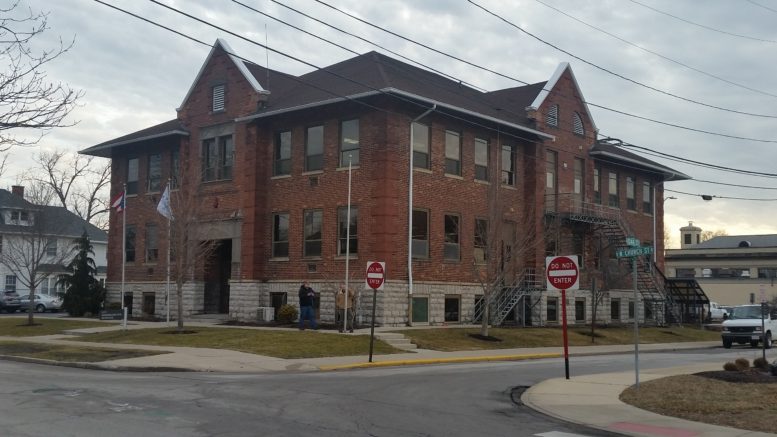(Quarterly spotlight submitted by City of Bowling Green)
The City of Bowling Green’s Grants Administration office marked yet another successful year in 2016. During Community Development Block Grant (CDBG) FY 2015 (September 1, 2015-August 31, 2016), the City utilized over $245,000 in funding to carry out various activities directed at improving the quality of lives for persons with low and moderate incomes. In FY 2015, Fair Housing education and outreach was undertaken, 17 housing repair projects were completed, 84 elderly and disabled adults were granted half-price transit fares and 129 persons, who were homeless, received transitional housing as a result of CDBG-funded programming. In the first few months of FY 2016 (which began September 1, 2016), three mobile home repair projects were completed; whereas continued B.G. Transit fare assistance, Fair Housing education/outreach, and transitional housing for the homeless also continued.
In the writing of the FY 2016 CDBG Annual Plan, a new program was developed by the department and approved by HUD for funding and implementation in FY 2016—a Direct Homeownership Assistance Program, which will serve to ease the cost burden of low-income homeowners purchasing a home, locally. Extensive marketing of this program began in the fall of 2016. Applications are currently being processed, and it is anticipated two income eligible applicants will receive direct homeownership assistance in the first quarter of 2017.
During FY 2015, $454,500 in Business Revolving Loan Funds (RLF) was loaned to local businesses for start-up or expansion purposes. For every $50,000 issued to these businesses, one new job will be created and offered to a person at lower income levels. The businesses will have up to three years to create these jobs. As a result of Business RLF loans made (some from FY 2015; others from prior years), seven jobs were created in FY 2015. During CY 2016, the City of Bowling Green partnered with WSOS in order to provide down-payment assistance (DPA) to two lower-income households, locally. The City’s Housing Revolving Loan Fund was utilized to fund said DPA projects.
The City also forged a win-win partnership with Wood County by requesting and being granted the ability for Bowling Green to be included as a service area under their Community Housing Impact and Preservation (CHIP) Program. This enables Wood County to serve local income-eligible households seeking down-payment assistance, owner-occupied rehabilitation and various other housing needs using their CHIP grant funding.
In 2016, the Ohio Department of Transportation awarded $370,914 to the City of Bowling Green for the continued operation of its 5311 Rural Public Transit System, the B.G. Transit. The number of passenger rides provided in 2016 (32,431) remained relatively stable in comparison to the prior year. Regarding 2016 rides, nearly 87 percent were provided to persons qualifying for Elderly & Disabled Fare Assistance and 3 percent were provided to persons in the areas immediately outside Bowling Green’s corporation limits. During 2016, the local public transit system participated as a sponsor for several key events including WBGU radio broadcasts of BGSU Women’s Basketball games, WinterFest, the Concert in the Parks series, and the local Holiday Parade. Countless other promotional endeavors–to include radio interviews, public service announcements, advertisements and news articles–also helped to raise public awareness of the B.G. Transit’s existence. Two replacement modified minivans were added to the fleet in 2016; using nearly $70,000 in capital federal funds awarded to Bowling Green in 2016. Like the other five transit vehicles, these new vans are fully accessible to persons with disabilities.

